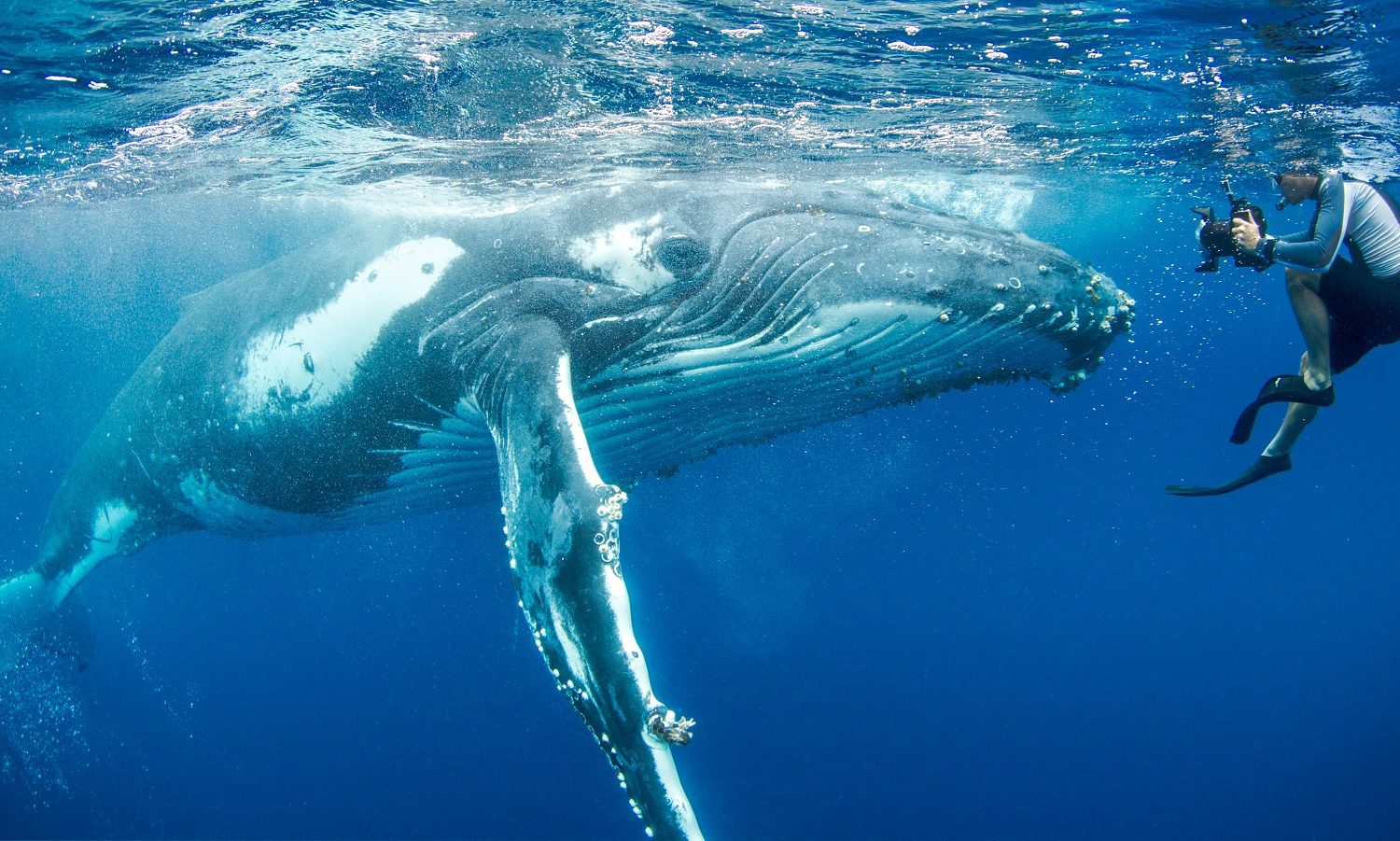Imagine, if you will, gliding seamlessly through clear, turquoise waters, surrounded by an endless vista of vibrant coral reefs. You feel a silent, moving shadow cast over, and turning around, you encounter a magnificent sight, a spectacle to behold—an enormous but distinctly beautiful manta ray, dancing with the ocean currents. These gentle behemoths are nothing short of mesmerizing, yet there is so much we still have yet to uncover about them. Come, and join us in peeling back the layers of mystery that shroud these graceful ocean giants.
A Brief Dive into the World of Manta Rays
Gentle, mysterious, and spectacular, the manta ray graces our oceans with a quiet dignity that is both poignant and inspiring. Their magnificent size belies a genial and curious nature, as they often willingly engage with human divers.
Manta Rays: The Basics
The term ‘manta’ is Spanish for ‘cloak’, which perfectly describes these majestic fish with their large, blanket-like bodies. Easily recognizable by their pectoral ‘wings’ and the two fins on their heads known as ‘cephalic lobes’, manta rays are the inspiration behind tales of sea monsters throughout history.
Life Cycle of a Manta Ray
The life of a manta ray is as intriguing as their appearance. Females breed once every two years, and the pup—yes, baby manta rays are delightfully called ‘pups’—is rolled up like a burrito during gestation and comes unfurled at birth.
Threats to the Majestic Manta Ray
Despite their grandeur, manta rays face numerous threats, including hunting, habitat loss and getting caught in fishing nets. As a keystones species, their decline could drastically affect the health of our oceans.
Why do people hunt manta rays?
Manta rays are often hunted mostly for their gill rakers, which are used in some forms of traditional medicines. Their large size also makes them an easy target for commercial fisheries.
Steps towards Manta Ray Conservation
The good news is, public sentiments about these gentle giants have been changing, with many nations recognizing their ecological importance and imposing strict regulations and protections for these creatures.
Does your love for the ocean know bounds?
Intrigued by these graceful giants of the sea? There’s so much more to learn and discover about them, and we can make a difference in preserving their majestic beauty for future generations. So, the next time you imagine the ocean, let it be teeming with these magnificent manta rays, gliding freely and peacefully in their wonderful, watery home.
FAQs
Do manta rays attack humans?
Despite their large size, manta rays are generally considered harmless to humans. They are non-aggressive and do not have stingers or venomous spines.
What do manta rays eat?
Manta rays eat plankton, tiny marine organisms that are abundant in the ocean. They filter these minute creatures from the water with their gills as they swim.
With some help, we might still be able to safeguard their existence and continue marvelling at their enigmatic beauty. It is lessons like these that remind us that education is indeed, the premise of progress at an individual and societal level.

